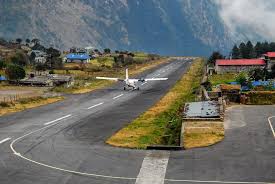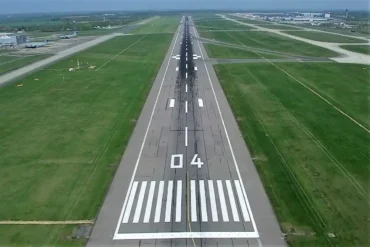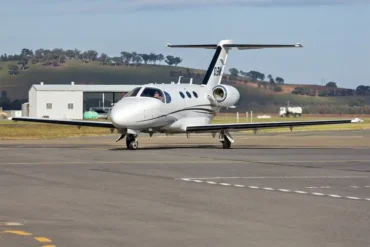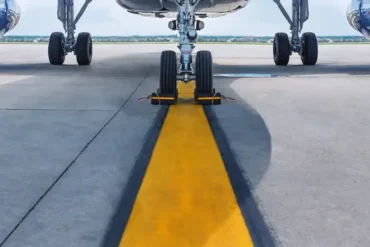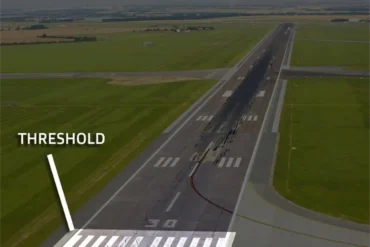Hey there! So, you know how different airports have runways of varying lengths? Well, it comes down to the size of the planes they need to accommodate. For instance, London City Airport is tailored for smaller jets like the Embraer E195-E2, while Dubai International Airport has massive runways that can handle giants like the Airbus A380. It’s like having a driveway for your sedan versus a whole parking lot for a monster truck!
But here’s where things get interesting. At higher altitudes, the thinner air makes it harder for planes to take off and land. So, they need longer runways to get enough speed. As a rule of thumb, for every 2,000 feet of elevation, you’ll want an extra 1,000 feet of runway length. And the bigger and heavier the plane, the more room it needs, which can limit larger aircraft from operating at some high-altitude airports.
Back in the 1950s and 60s, when Boeing was designing new planes, airlines had different priorities. America wanted a fuel-efficient twin-engine design, while Eastern wanted three engines for over-water flights. But United had a unique request because of their hub at Denver International Airport, which sits at around 5,300 feet above sea level. They asked for four engines to give them enough oomph for high-altitude takeoffs. In the end, Boeing went with Eastern’s idea, leading to the iconic 727.
Speaking of high altitudes, let’s talk about some real high-flyers! In China, there’s this airport called Daocheng Yading, which is the highest civilian airport in the world at a whopping 14,472 feet! And its runway stretches for almost 14,000 feet to accommodate smaller jets like the Airbus A319. But before that, the title belonged to Qamdo Bamda Airport, also in China, with a runway that’s over 18,000 feet long – the longest paved civilian runway on the planet!
In the Americas, you’ve got airports like El Alto International in Bolivia, which sits at around 13,300 feet and has a runway that can handle planes like the Airbus A330 and Boeing 787 under light conditions. And in Peru, there’s Inca Manco Cápac International Airport, which is at 12,500 feet and has the country’s longest runway at almost 14,000 feet. So, you can see how these high-altitude airports need to go the extra mile (or a few thousand feet) to make sure planes can take off and land safely.
